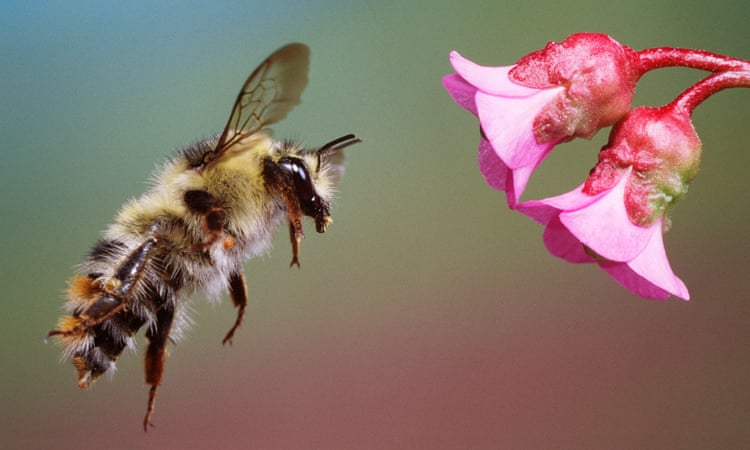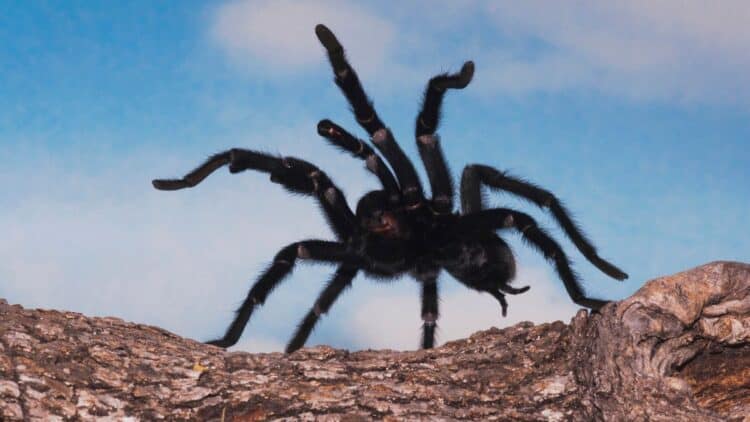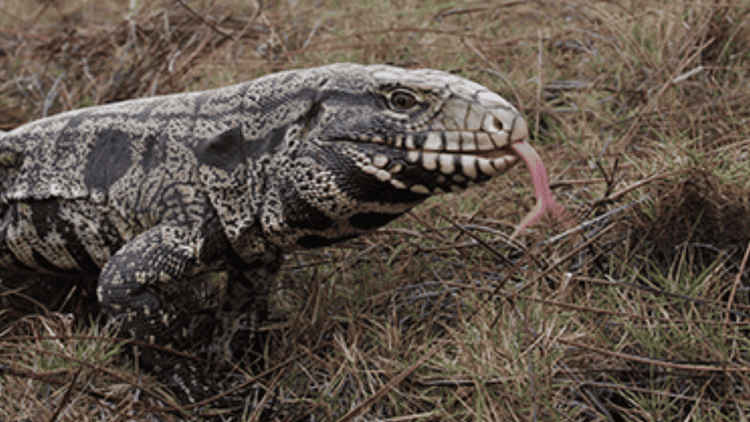Does size matter? When referring to primate brain size and its relation to social intelligence, scientists at Duke University do not think the answer is a simple yes or no. In the past, scientists have correlated large brain size to large group size. However, in a new study published in PLoS ONE, scientists at Duke University provide evidence that large social networks, rather than large brains, contribute to social cognition, favoring the evolution of social intelligence.

Social intelligence is the ability to use cognitive skills to gain access to food and mates while maintaining social relationships in large, stable social groups. If this social intelligence theory is correct, we would expect primates who live in larger groups to have greater cognitive abilities when preforming tests that rely on social intelligence.
This is exactly what the authors found.
To test the social intelligence theory, experimenters chose six lemur species as their primary subjects due to their genetic similarity but variance in group size and social habits. Then a team of undergraduate researchers tested 60 individual lemurs from these six species to see if they were more likely to steal food when humans were present.
The experiment consisted of three separate tests. The first involved a pair of human testers, who sat on each side of a block, with one plate of food in front of each of them. One human tester faced the plate that was also facing the entrance where the lemur would emerge from, the other had his or her back turned.
Photos of the test trials for the experiment. The lemurs were given the opportunity to pilfer food from one of two human competitors. In each condition, one of the competitors could see the food and the subject approaching, while the other could not because A) his back was turned B) he was oriented away from the food in profile, or C) a headband covered his eyes.
In the second test, human testers sat in profile to the plate of food, facing toward or away from the plate; and in the third test, testers wore a black band either over their eyes or mouth while facing the plate of food.
Under the social intelligence theory, those species from larger groups should be more perceptive to social cues than those species who from smaller groups. In this particular case, the social intelligence theory was correct: the size of the lemur group, in this case, ring-tailed lemurs (Lemus catta), the largest species in the sample, positively correlated with performance. In other words, the ring-tailed lemurs were more effective at stealing food undetected because they were sensitive to social cues and the orientation of the human tester.
In terms of brain size, when the lemurs were studied, scientists found that “relative brain size did not predict performance in the social-cognitive task.” In essence, the size of a lemurs’ brain did not gauge how well they would perform in the social cognitive test.
These findings of lemur social behaviour are the first attempt to experimentally test the hypothesis of intelligence by looking directly at intelligence rather than looking solely at brain size. If the social intelligence theory is correct, it would reveal the potential for cognitive evolution.
MacLean EL, Sandel AA, Bray J, Oldenkamp RE, Reddy RB, et al. (2013)) Group size Predicts Social but Not Non-Social Cognition in Lemurs. PLoS ONE 8: e66359. Doi: 10.1371/journal.pone.0066359
This article was written by Christina Pham for Mongabay.com








Leave a Reply